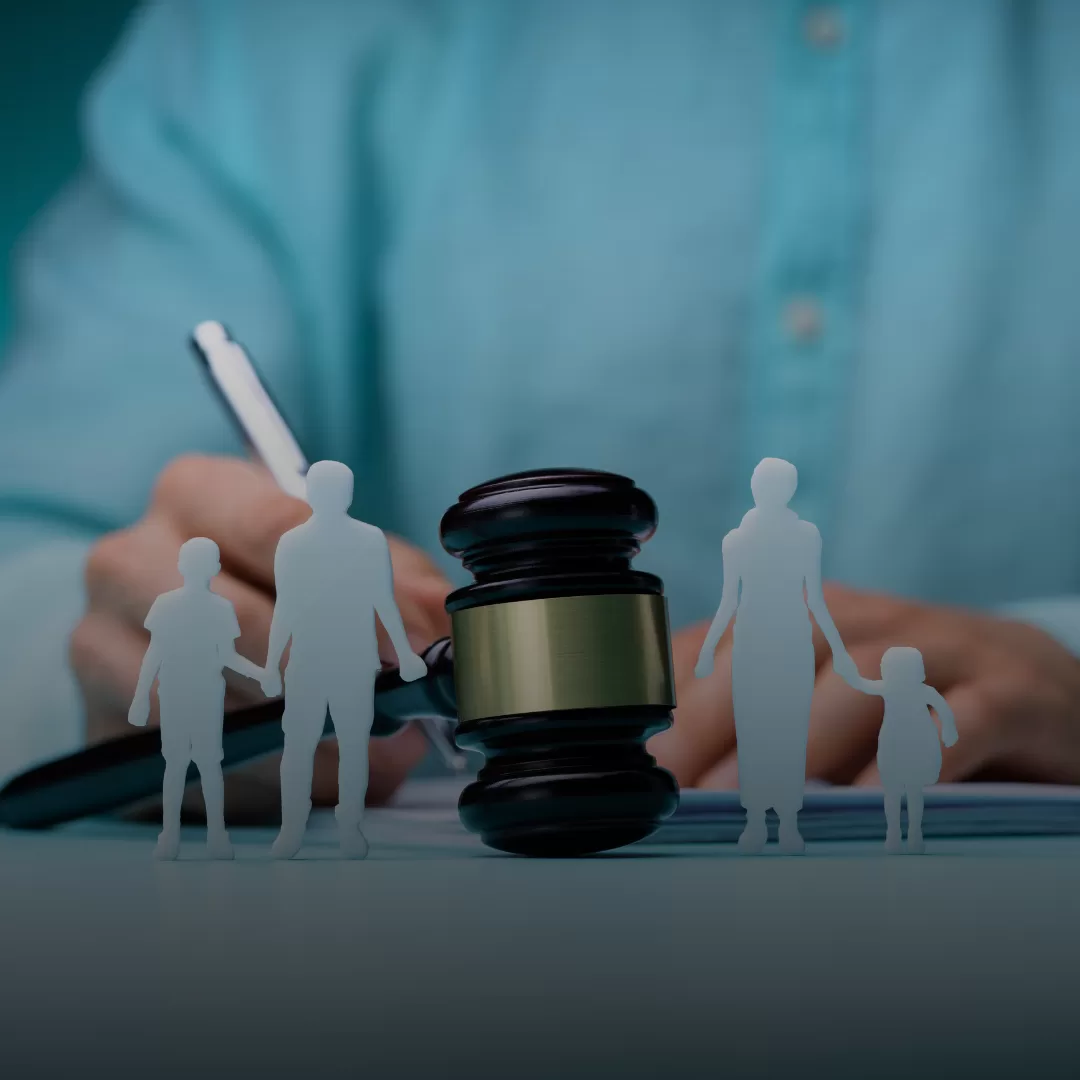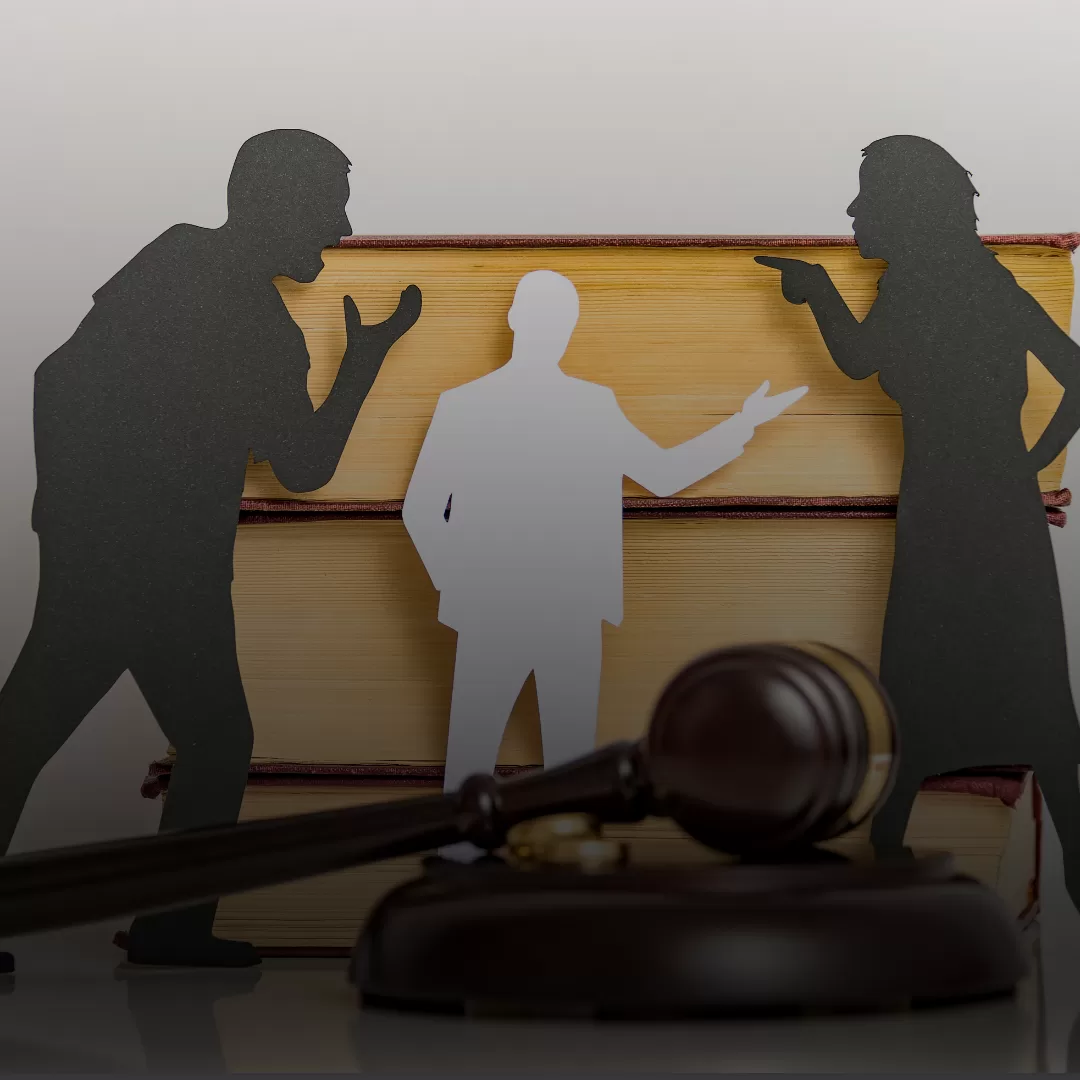Steps to Take Before Litigation, Mediation, and Litigation in Maryland
Before diving into the divorce process, let’s first understand what ‘divorce’ really is. Divorce is legally ending a marriage or marital union. In simpler terms, it’s severing ties with someone you once envisioned spending your life with. When considering how to approach the process, many people wonder about collaborative divorce vs. mediation and Litigation —three alternative methods to resolve disputes without going to court.
Not all marriages are meant to last. Sometimes, even after years of effort, couples realize they aren’t right for each other. After exhausting all options, a divorce may be the best path forward.
Let’s discuss what the divorce process may look like for you in Maryland. There are three main options: litigation, mediation, and collaborative divorce. Each method offers a different approach. The best choice depends on your unique situation and goals.
Discover more about the divorce in Maryland here.
Understanding Divorce and Choosing Your Path
Divorce is the legal process of ending a marriage. It’s usually a step you take after trying hard to make things work. It’s a difficult decision, especially when children or years of shared history are involved.
When divorce becomes the best option, Maryland provides different paths you can take to navigate this change. Let’s explore collaborative divorce vs. mediation and litigation to help you choose the best fit for your needs.
Divorce Litigation in Maryland
If you’ve heard of divorce cases going to court, that’s called litigation. It’s a traditional approach where the court helps resolve disagreements. Here’s a breakdown of what litigation might look like:
Divorce Litigation Process in Maryland
- Filing a Divorce Petition: To begin, you or your spouse file a divorce petition. This outlines your reasons for seeking divorce and confirms you meet Maryland’s residency requirements. It’s the official start of the legal process.
- Requesting Temporary Orders: While the divorce is ongoing, temporary orders can address immediate issues, like child custody and financial support, until a final decision is made.
- Serving Your Spouse: Once filed, the divorce papers must be delivered to your spouse so they can respond. A default judgment may be issued if they don’t answer, but this could add extra steps later.
- Reaching an Agreement: Ideally, both sides agree on terms and avoid a full-court battle. When an agreement isn’t possible, the case moves to a Circuit Court, where a judge will make final decisions on critical issues.
- Finalizing the Judgment: At the end, the court issues a judgment that finalizes the divorce, addressing child custody, property division, and any other remaining matters.
While litigation can feel formal and structured, it’s often the best choice if you and your spouse can’t agree on important issues.
Maryland Divorce Mediation Guide
For couples willing to work together, mediation can be a peaceful option. It involves meeting with a neutral mediator to reach a fair agreement on issues like child custody, financial support, and property division.
- Gathering Documents: Before starting, gather vital financial documents, including income statements, tax returns, and details on any assets. This helps everyone make well-informed decisions.
- Setting Goals: Think about what’s most important to you—preserving certain family traditions, maintaining stability for your children, or securing your financial future. Defining these priorities can provide a helpful focus during discussions.
- Finding a Mediator: Working with an experienced mediator can make a big difference. For instance, at Divorce With A Plan, our team specializes in guiding clients through each mediation stage with respect and care.
Through mediation, an amicable solution is possible, even during this challenging time.
Collaborative Divorce in Maryland
Collaborative divorce is another option where spouses have their attorney, but everyone agrees to avoid court. The goal is to find a solution that works for everyone, especially if children are involved.
- Hiring a Collaborative Divorce Attorney: Collaborative attorneys focus on problem-solving, not court battles, working to find solutions that meet everyone’s needs.
- Signing a “No Court” Agreement: This commitment means that if the process breaks down, each side’s lawyer steps back, and you would need to hire new attorneys for litigation. This adds motivation to resolve things peacefully.
- Working with Professionals: You may work with child specialists, financial advisors, or therapists, depending on your needs. This team helps create solutions prioritizing your family’s well-being, especially when children are involved.
Collaborative divorce can be more personal and supportive, providing a respectful way to navigate this life change.
Choosing the Right Path for Your Divorce in Md
Choosing the right approach is an important step. Divorce can be emotionally overwhelming, so take your time finding what feels right. Whether you choose litigation, collaborative divorce vs. mediation, or litigation, having a compassionate, experienced attorney can make a big difference. Our team at Divorce With A Plan in Maryland is here to guide you every step of the way, offering the support and insight you need to move forward with confidence.
If you want to learn more about these options or discuss what might work best, call us at (240) 269-3592 to schedule a consultation. We’re here to help you make informed choices, focusing on what’s best for you and your family.






